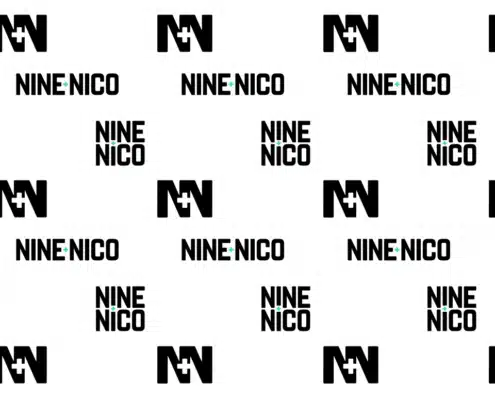Creating your CV is always tough, but as a graphic designer it can be particularly daunting. You know the ropes when working with clients, but when you’re the client, and you’re the one providing the content and writing the brief, it’s a very different kind of challenge.
I both love and hate receiving CVs with equal measure. It’s great to see the talent that’s out there, see what other designers have been up to, see the different creative ways that other people have explored to promote their services. To get that ‘I wish I’d thought of that’ feeling or to see someone who’s found a genuinely new and interesting way of presenting the standard information is great. However, it’s an awful feeling putting someone’s hopes and dreams into the ‘not good enough’ pile. The reality is, there’s every chance they’re more than capable, but have just done a half-arsed job with their CV. Maybe they’ve been busy with other paid work, maybe they’ve underestimated the importance of it, maybe they just really struggle when they are their own client. If this is the only yardstick to measure someone’s ability and potential though, as an employer, what else can we do?
Well, hopefully a bit of advice. Fingers crossed it helps someone. I would much rather have ten stunning CVs where everyone’s put their best foot forward than one standout and nine average and uninspiring. So here’s my 5 top tips for creating a graphic designer’s CV…
1. Make it look special and unique.
You’re selling yourself as a talented designer, so need to use your skills on this document. You need to consider yourself as a brand, and make it really unique. Think of colours, border styles, visual devices, heading styles, link styles. All these things need to be crafted. Showcase your skills! The medium really is the message with a graphic designer’s CV. I make decisions about a CV at first glance, and know within a few seconds which ones I look forward to reading.
2. Keep it short and sweet.
If I were looking to recruit I would have a lot of these to read, and would be scanning them to eliminate the average ones and leave the best ones. If I wasn’t looking to recruit, with the best will in the world, I would give it somewhere between 20-60 seconds at most. Your CV needs to be a compact pocket-rocket, written for speed reading. Short sharp bursts of information with personality and differentiating detail.
- Make it quick and easy to read. Bullet point the key things you want to say. You have a very limited amount of my time, if you write about yourself for 3 or 4 pages I’m simply not going to get to the end. One page is ideal.
- Don’t make it too conversational, that can add bulk and increase the reading time.
- Lose anything that doesn’t directly make a point or add value. Don’t start with ‘Hello’, don’t repeat your name, don’t talk about how much you enjoyed your education or repeat things that are listed elsewhere.
- Get your education and experience over with quickly, it’s a box ticking exercise, no one’s actually that interested. Your last significant role and your highest level of education are the only things that really matter here.
- Find a concise and creative way to get your personality and point of difference across. What makes you better than the next person? How can you communicate this without making me read paragraphs of text?
- List any training courses you have completed. I don’t want to hear how much you enjoyed it or what other courses you’d love to do. Just the facts please.
 https://zapcreative.co.uk/wp-content/uploads/2025/04/Zap_Blog_featured_1000x1000_Charity-Annual-Report-Design.webp
1000
1000
Luke DaMann
https://zapcreative.co.uk/wp-content/uploads/2020/06/zap_logo_250sq_white-01.svg
Luke DaMann2025-08-07 15:14:432025-10-03 09:53:13Charity Annual Report Design
https://zapcreative.co.uk/wp-content/uploads/2025/04/Zap_Blog_featured_1000x1000_Charity-Annual-Report-Design.webp
1000
1000
Luke DaMann
https://zapcreative.co.uk/wp-content/uploads/2020/06/zap_logo_250sq_white-01.svg
Luke DaMann2025-08-07 15:14:432025-10-03 09:53:13Charity Annual Report Design




